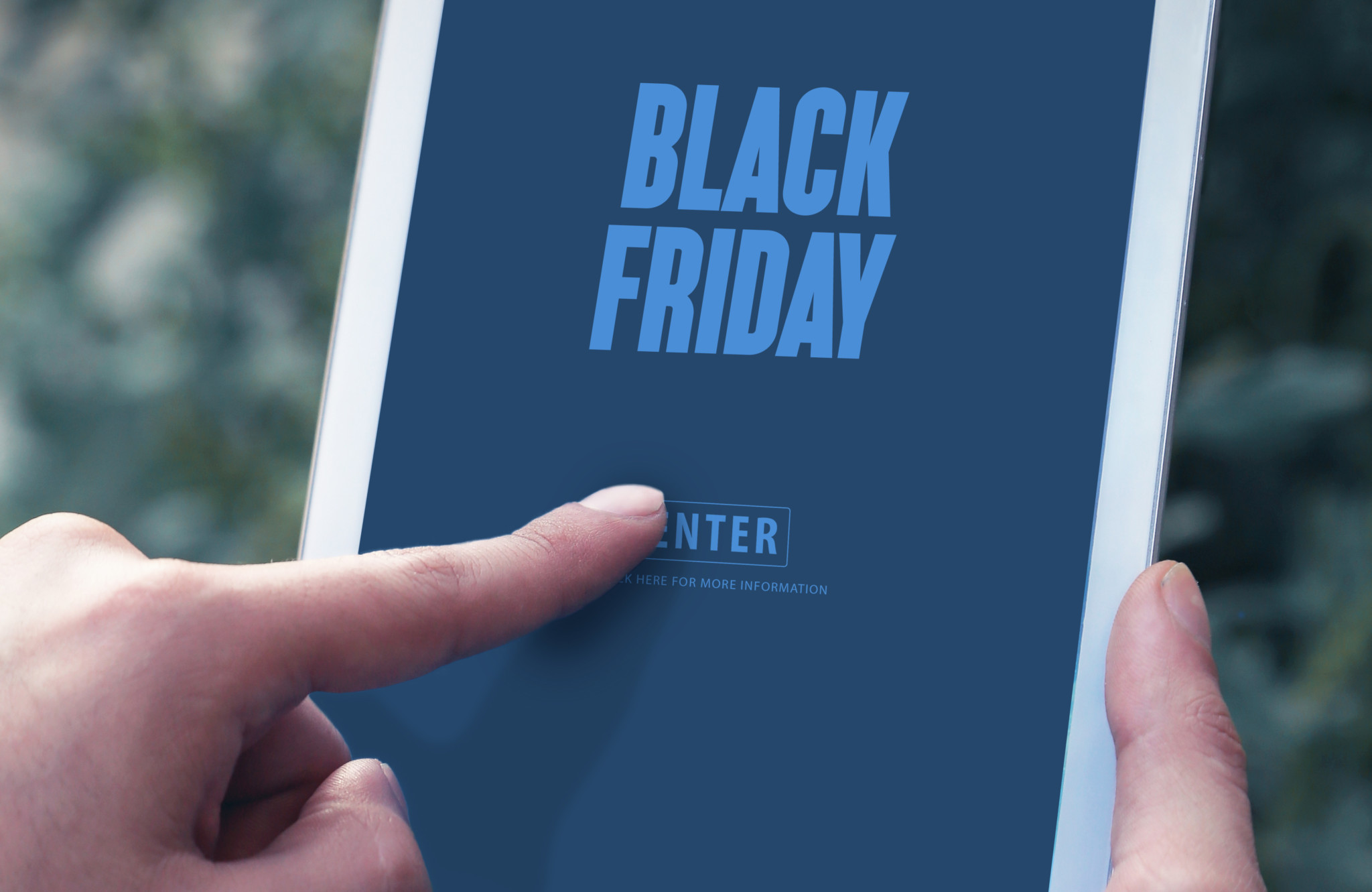Naeem Arif, vice chair of the Midlands Retail Forum, has given WatchPro insight into what he thinks retailers can do to get the most out of Black Friday.
Arif has over 15 years’ experience as director of multiple PLC’s in the retail and management consulting world and also founded NA Consulting. His top tips include:
Offer big discounts…
For consumers, what makes Black Friday stand out is the chance to enjoy big discounts on popular items. Customers deciding where to spend their money on Black Friday typically look for the biggest discounts, which means that to draw customers with your promotion, you need to be offering discounts of at least 60% and ideally as much as 75%. Naturally you won’t be able to offer such substantial discounts across your entire range. Choose two or three products that you’re going to discount heavily. Since these are the items which customers will use to judge whether your promotion is worth their time, these items need to be more than just cheap. Offer your biggest discounts on items which will catch customers’ attention, such as highly in-demand or on-trend items. If you offer your most substantial discounts on items which few customers are interested in, you will lose sales to your competitors. At the same time, you’ll want to offer smaller discounts on the rest of your product range too (more on that below).
…while limiting quantity.
Although the size of the risk is debatable (and continues to be hotly debated), there certainly is a risk of cannibalizing your future sales of discounted items if you offer too much stock at a big discount during a Black Friday promotion. For this reason, it’s sensible to limit the quantity of each discounted item available in store or online during your event. Limiting quantities has another big benefit. When customers know that quantities are limited, they have a sense of urgency about buying what they want before it runs out, which means higher sales. It’s limited quantity that creates the “doorbuster” effect, as customers rush into your store to get their hands on the heavily discounted items before they sell out. This is another reason why your most discounted items need to be popular items: if your discounted items are selling slowly, there’s no sense of urgency for customers who might be interested in them.
Think about how big an event you really need
Despite the name, Black Friday lasts several days for many retailers, and even a week for some. If you’re going down this route, it’s essential to hold back some of your promotions so that you can offer enticing new discounts on each day of the event. Otherwise customers will be unlikely to return after their initial visit to your store. These new offers for each day of your promotion need to be as “doorbusting” as the biggest offers from the Friday, but that doesn’t mean you need five doorbusters to run a five-day promotion. Instead, offer each big discount for a single day, and then switch it out for a new one. This helps to create that all-important sense of urgency, too.
All that said, in my experience, it’s usually not a good idea to run an extended promotion unless you have a concrete reason for doing so. In general, one-day promotions create a lot more impact and at the same time a short event minimizes the disruption to your ordinary business operations (which can be a major issue: more below).
Diversify your promotions
I’ve stressed the importance of a limited range of heavily discounted products, but I don’t advise relying exclusively on these doorbusting promotions. Offer a range of less substantial offers to capitalize on the interest generated by your doorbusters. Not only will you see more sales that way, you’ll also avoid a couple of serious pitfalls. The first risk of relying on your big discounts is that if a competitor offers a bigger discount, your promotion is dead in the water. Second, there’s the danger that you’ve overestimated the demand for one or more of your big-discount items.
Think about your promotions as a single portfolio of offers, and tie your more-discounted items to other items at smaller discounts which complement them. One strategy which works well for jewelry and watch retailers is to offer the biggest discounts on the most expensive items, items which remain relatively pricey even with a big discount. These discounts are great for attracting customers into your store. Alongside these items, you can display similar but cheaper items at a less substantial discount. The customer who is tempted by a top-of-the-range item which is still outside her budget is more likely to end up buying the mid-range item she can afford.
Keep an eye on scale
If the big upside to a Black Friday event is increased sales, the big downside is disruption. Many retailers find that logistical problems linger for days or weeks after a successful promotion, creating bad customer experiences, demoralized staff and lost sales. Last year, Marks & Spencer found that their Black Friday promotion created “chaos” in stores. Not only was the event itself extremely busy, customers continued to visit the store in volume for up to a week after the event was over to return unwanted items. The disruption caused was so severe that Marks & Spencer considered giving Black Friday a miss this year.
Bear in mind that a really successful promotion might test your operational capacity. Be realistic about what your staff and your IT systems can cope with. Strategise queueing: your normal queuing arrangements may not be sufficient. Many customers will abandon their items if the queuing process is too chaotic, and some of these customers will never return, so too big an event might be worse than no event at all.

